Kathmandu Durbar Square — Best centerpiece of the Kathmandu City Tour in 1 day
Few places capture the spirit of the Kathmandu Valley like Kathmandu Durbar Square. Here, tiered pagodas rise over brick courtyards, carved windows tell Newar stories, and festival drums echo between palace walls. Use this guide to plan a culture‑rich Kathmandu city tour that pairs must‑see monuments with practical, on‑the‑ground tips for a seamless visit.
Why Kathmandu Durbar Square Matters
UNESCO HeritageA flagship among the Valley’s heritage sites in Nepal, once the royal seat of the Malla and Shah kings and a pillar of any Nepal cultural tour.
ArchitecturePagoda temples, lattice windows, repoussé metalwork, and stone sculpture—hallmarks of Newar craftsmanship.
Living CultureThe square hosts rituals and festivals year‑round; it’s a living city center, not a museum behind glass.
Must‑See Highlights (Plan 90 minutes to 3 hours)
- Hanuman Dhoka Palace & Nasal Chowk: The former royal palace complex. Nasal Chowk hosted coronations; museum rooms (when open) exhibit regalia and courtly life—key for deeper Kathmandu sightseeing.
- Kumari Ghar (House of the Living Goddess): The 18th‑century residence of the Kumari. If she appears at the window, locals pause in reverence. Photography inside is typically restricted—ask the guard.
- Taleju Temple: The most imposing multi‑tiered shrine. The inner sanctum is traditionally open only to Hindus; the exterior dominates the skyline.
- Kal Bhairav & Jagannath Temple: A fierce stone image of Bhairav stands near Jagannath, famed for intricate and sometimes erotic woodcarvings—a candid lesson in medieval symbolism.
- Kasthamandap & Basantapur Area: The rebuilt timber pavilion that gave Kathmandu its name, plus lively lanes of vendors and cafés for a breather between sites.
Photography tip: Early morning brings soft light and prayer activity; late afternoon gives warm tones and long shadows over the pagodas—perfect for your travel blog Kathmandu gallery.
How to Structure Your Visit
Express (60–90 mins)
- Basantapur plaza
- Kumari Ghar courtyard (observe rules)
- Nasal Chowk (Hanuman Dhoka)
- Kal Bhairav → Taleju Temple exterior
Classic (2–3 hours)
- All Express stops
- Kasthamandap & museum galleries
- Tea break with square views
- Walk to Ason Bazaar via heritage alleys
Full‑Day Heritage Loop
- Morning at Durbar Square
- Lunch in the old city
- Sunset kora at Swayambhunath or Boudhanath — iconic temple tour Kathmandu
Practical Information (What You Need During the Tour)
Entry & Tickets
- Foreign visitors pay an entry fee at official booths—keep the ticket handy.
- Ask about combined/return options or multi‑site heritage passes (policies evolve; confirm on the day).
Opening Hours
- The square is active from early morning to evening; museums and certain shrines have specific hours.
Guides & Audio
- A licensed local guide deepens context on dynasties, iconography, and ritual use.
- Prefer self‑guided? Download a reputable audio tour in advance.
Dress & Etiquette
- Modest clothing (shoulders/knees covered).
- Shoes off where posted; walk clockwise around shrines; keep voices low.
- Ask before photographing people; some courtyards restrict photos.
Safety & Scams
- Welcoming area; as with any busy site, keep valuables secure and agree prices in advance for services.
Accessibility
- Expect uneven stone paving and steps. If mobility is a concern, allow extra time or bring a walking stick.
Facilities
- ATMs, cafés, and restrooms near Basantapur and museum complexes.
What to Wear & Pack
- Comfortable shoes, light scarf for modesty, refillable water bottle, sun protection, and hand sanitizer.
Read more: UNESCO Kathmandu Valley listing • Plan your day with our Kathmandu travel guide and Nepal itineraries.
Culture & Festivals (When the Square Comes Alive)
- Indra Jatra (late monsoon): Chariot processions, masked dances, and electric night rituals—one of the most immersive moments of a Nepal cultural tour.
- Dashain & Tihar (autumn): Family gatherings, animal blessings, and oil‑lamp illuminations; Taleju’s sanctum draws devotees.
- Buddha Jayanti (spring): Butter lamps and processions across valley stupas; the square feels festive yet contemplative.
Food & Souvenirs Nearby
- Newari tastes: Try bara (lentil pancake), choila (spiced grilled meat), and juju dhau (king curd) along heritage corridors.
- Ethical shopping: Choose cooperatives for woodcarving, metalwork, and textiles. Avoid antiques or artifacts of uncertain provenance.
Classic City‑Tour Combos
- Ason & Indra Chowk markets: Spice pyramids, brassware, and street‑life photography.
- Swayambhunath (Monkey Temple): Hilltop views and prayer wheels—iconic among things to do in Kathmandu.
- Patan or Bhaktapur: Deeper dives into valley art and architecture; both are UNESCO‑listed heritage sites in Nepal.
Essential FAQs
How long should I spend?
2–3 hours suits most travelers; history lovers can easily spend half a day including museums and a tea break.
Best time to visit?
October–November and March–April for clear skies and festivals. Visit early morning or late afternoon for softer light and fewer crowds.
Can I enter every temple?
Access varies. Some inner sanctums allow only Hindus—follow posted signs. Courtyards and exteriors are rewarding even without entry.
Are drones allowed?
Generally no near temples without explicit permission. Always check local rules before flying.
Share this content:

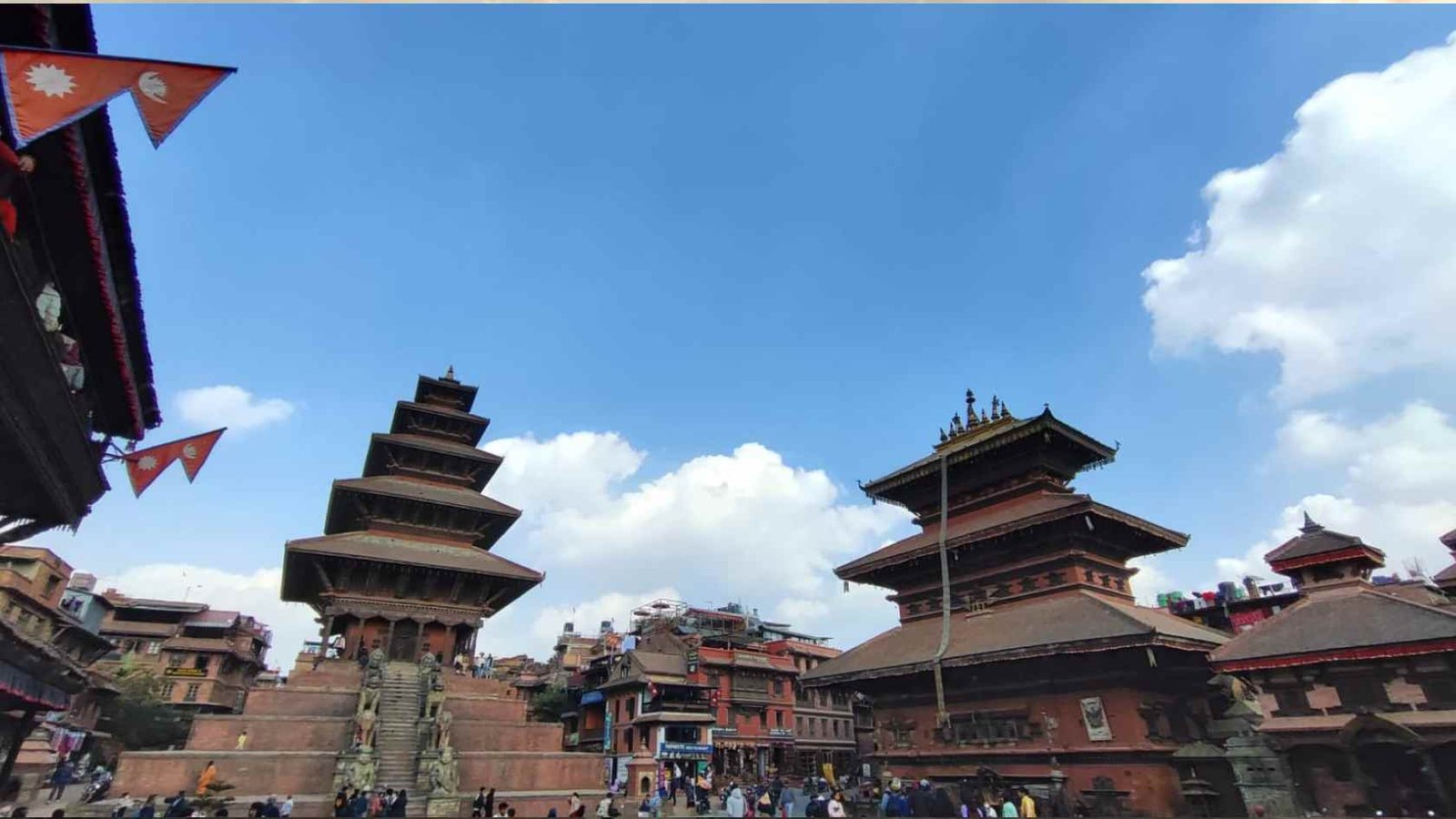


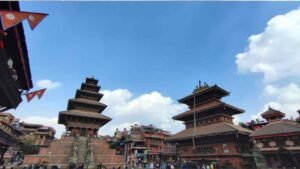
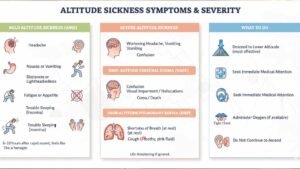
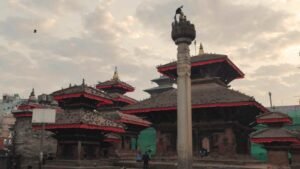
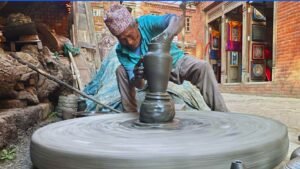
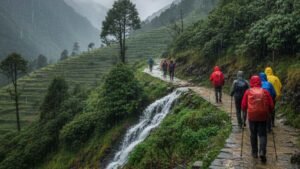
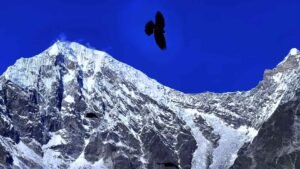
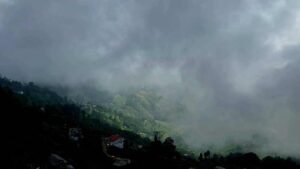
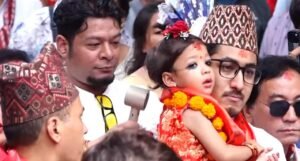
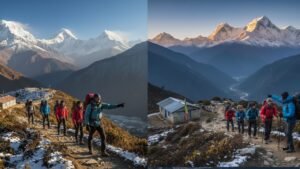
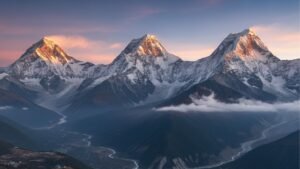
Post Comment